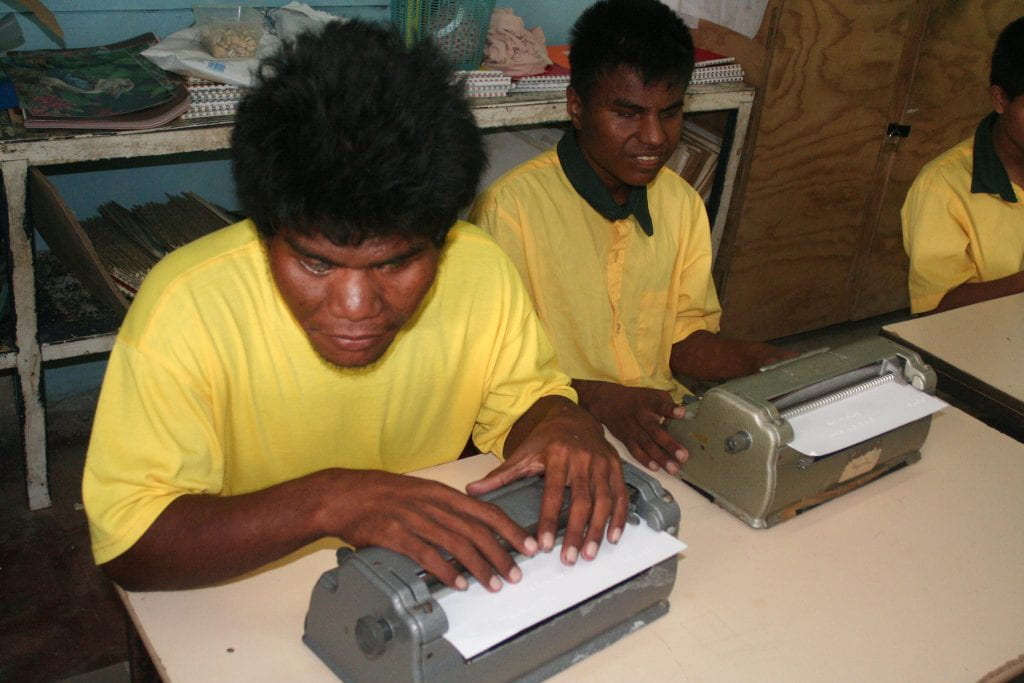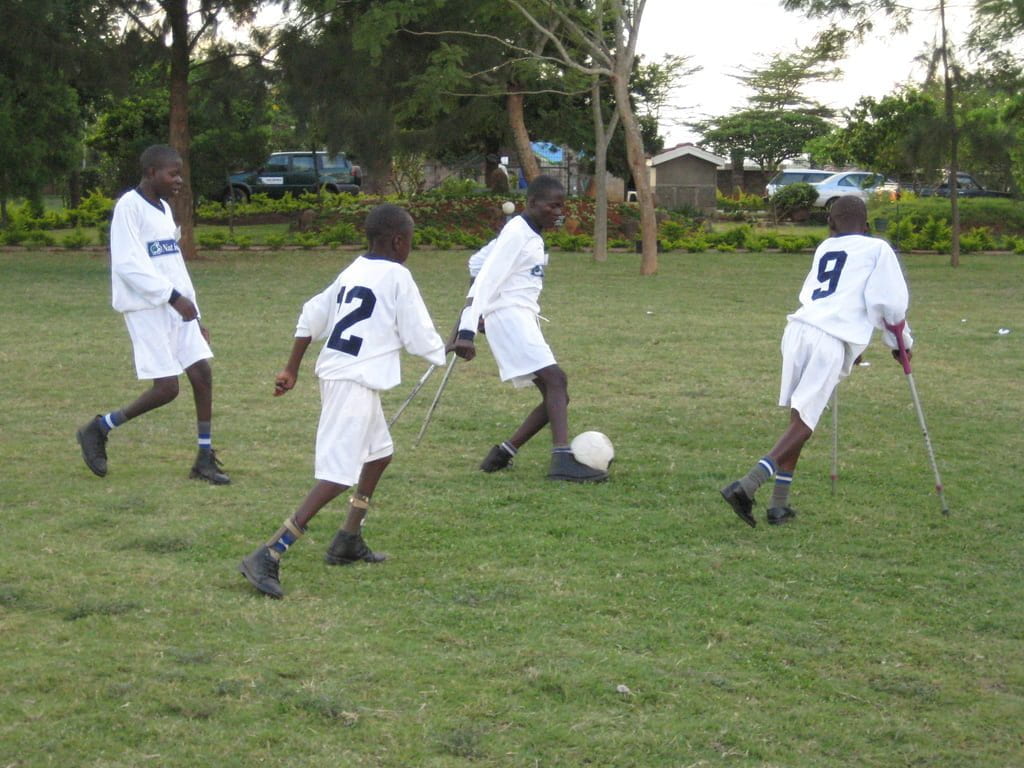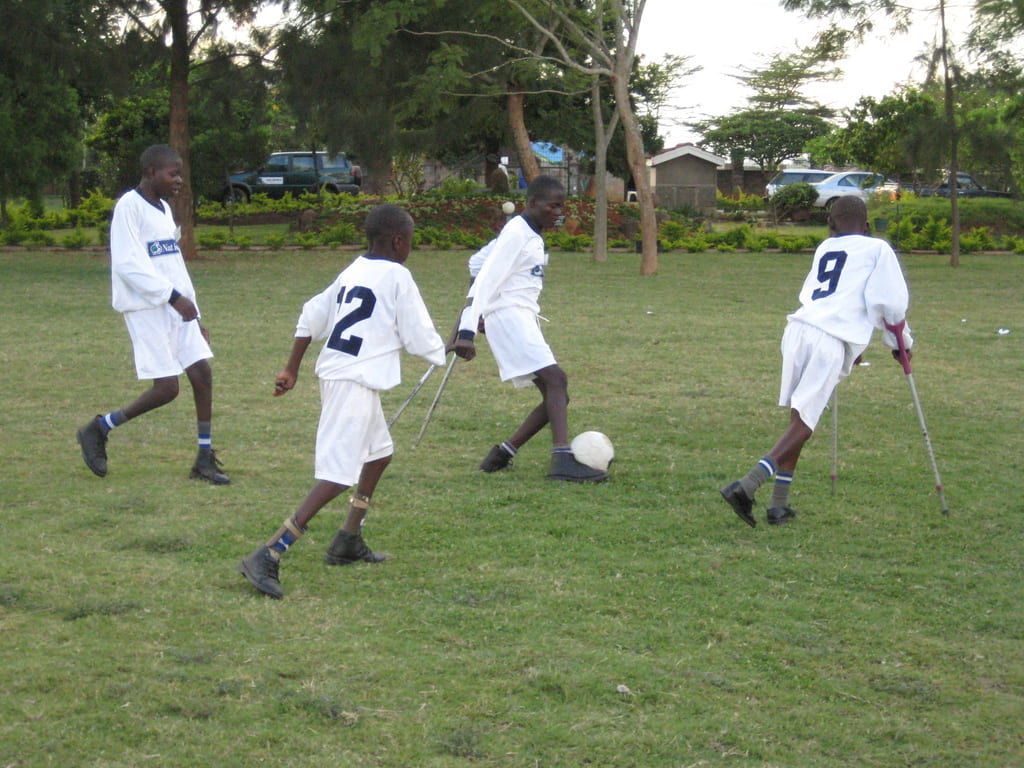
When someone says the word intersectionality, do human rights come to mind? Maybe but probably not. For some people, intersectionality is a just buzzword used by protest movements or the liberal media, while for others is a means of social identification. It is okay if you have never heard of it or do not understand it or know how to define it, you are not alone. Although it is an identifier and has mainstream vernacular usage, scholars like sociologist Patricia Hill Collins acknowledge that intersectionality is challenging to define, and only slightly easier to identify when recognized. Hill Collins asserts that “scholars and practitioners think they know intersectionality when they see it. More importantly, they conceptualize intersectionality in dramatically different ways when they use it.” Thus, an essential aspect of societal understanding and identification of intersectionality is our knowledge of its dependent relationship to power and inequity. Intersectionality must have a subject (a person or group of people) that experiences inequality (subjugation/oppression) because of its/their relation to power (the dominant with the hierarchical structure).
Intersectionality relies heavily on social constructions like race or gender, but not as a singular point of inequality. The term “intersection” demands another point—an interlocking point–of inequality. For example, intersectionality must critically examine the subjugation experienced by a person with blindness who is a Hispanic trans woman as well as a teenage girl who is Arab and a wheelchair user, respectively. Both are members of marginalized populations: ethnicity – Hispanic and Arab, gender/sexuality – a trans woman and teenage girl, and disability – blindness and wheelchair user; therefore, the intersectional analysis must include at least two points of oppression. The and makes the difference. For this to occur effectively, individuals must determine how they will employ intersectionality as a definition, in addition to a research tool.
In her essay, Hill Collins sheds light on three possible frameworks for intersectionality: a field of study that examines both content and themes that might be characteristic, an analytical strategy reliant upon intersectional frameworks to explain the social world, and a form of critical praxis connected to social justice practice via scholarship. Intersectionality has increased in popularity as society becomes more aware of the work of critical race theorist, Dr. Kimberlé Crenshaw, and with the rise of protest movements. Many people identify Crenshaw as the creator of the term intersectionality, but Black feminist scholars point to Anna Julia Cooper, Audre Lorde, and the Combahee River Collective, among others as describing the concept in their works years and centuries before Crenshaw.
First, as a field of study, intersectionality has positives and negatives. The positives lay in its complementary adaptability with other disciplines and areas of study, yet, it is here that many of the negatives exist as well. Citing Edward Said, Hill Collins notes that “theories can lose their originality and critical stance as they travel from one domain to another” (6). This travel can result in the misrepresentation of the original intent and the exclusion of some scholarship as has happened over time in fields of study like Black feminism.
Second, as an analytical framework, intersectionality must “rethink” constructs, not only as concepts of work and family but violence and identity, and in direct relation to “underutilized” categories of analysis like class and age. It is at this juncture that disability rights activists and scholars demand an increased inclusion. Using Stuart Hall’s theory of articulation, Hill Collins questions how it is possible for two sets of ideas, the expressed and unexpressed, to create the necessary knowledge needed for an intersectional canon (15). Hill Collins questioning aligns with Ellen Samuels’ assertion that disability remains underrecognized as a “legitimate or relevant position from which to address broad subjects” and Michael Berube’s pronouncement that disability must continually battle against gender, race, and sexuality in various areas. Historically, there has been an imbalanced pattern of research due to the heavy focus on the intersections of race and gender; yet, when considering that one in five human beings live with a disability, multiple constraints apply and extend beyond gender and race.
Lastly, as a praxis, intersectionality can contribute perspective by elucidating areas of social inequality as activists and scholars increase their political engagement. Sociologists Hae Yeon Choo and Myra Marx Ferree observe three ways that intersectionality is/can become practiced: group-centered, process-centered, and system-centered. They caution that even in practice, neglect occurs in facets of the intersectional analysis despite best efforts to adequately include, analyze, and identify because as Crenshaw notes, sometimes conflicting political agendas detract from the areas of oppression.

The Intersection of Disability and Everything Else
In many societies today, disability, like most categories of marginalization, boxes members as differing from the norm or as the needy and helpless Other. In many ways, disability has become a fetishized difference and a source of ‘inspiration porn’ when foregrounded in the mainstream via social media, television, and movies. What if activists and scholars began to utilize the constellation of knowledge as outlined by Hill Collins and Choo and Ferree through the employment of an analysis of the intersection of disability and everything else? Persons with disabilities are the global majority when accounting for the entire spectrum of disability; thus, we as individuals who make up the collective, have a chance to bring those surviving on the margins into the center of analysis and discussion.
Humanity must begin to see the inclusion of disability as a prerequisite for the dismantling of structural violence and social injustice. Black feminist and lesbian Lorde, in her comments to a New York conference audience, protested that “survival is not an academic skill. It is learning how to stand alone, unpopular and sometimes reviled, and how to make common cause with those others identified as outside the structures in order to define and seek a world in which we can all flourish. It is learning how to take our differences and make them strengths. For the master’s tools will never dismantle the master’s house. Racism and homophobia are real conditions of all of our lives in this place and time. I urge each one of us here to reach down into that deep place of knowledge inside herself and touch that terror and loathing of any difference that lives there. See whose face it wears. Then the personal as the political can begin to illuminate all our choices” (112-3). If disability replaced either racism or homophobia in Lorde’s quote, how does the level of analysis and research begin to change the conversation surrounding our social understanding of these areas of oppression and subjugation? Intersectionality forces humanity to come to terms with the lack of knowledge about difference while confronting the terror and loathing of difference which lurks inside us as barriers and outside of us as social institutions and societal norms. In whatever form intersectionality finds usage, it is imperative that it remains a tool that dismantles injustice at the personal and political level.
**Keep up with the latest announcements related to the upcoming Symposium on Disability Rights by following the IHR on Facebook, Twitter, and Instagram.

